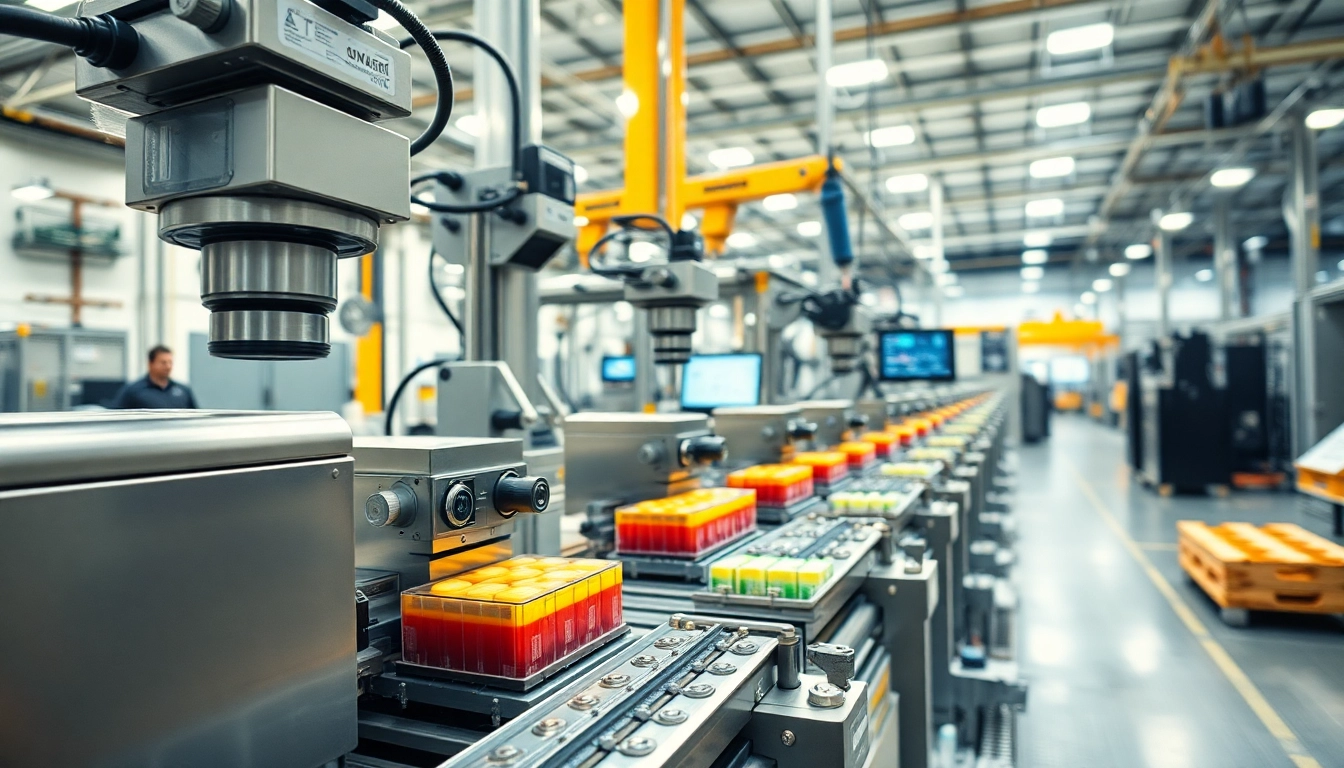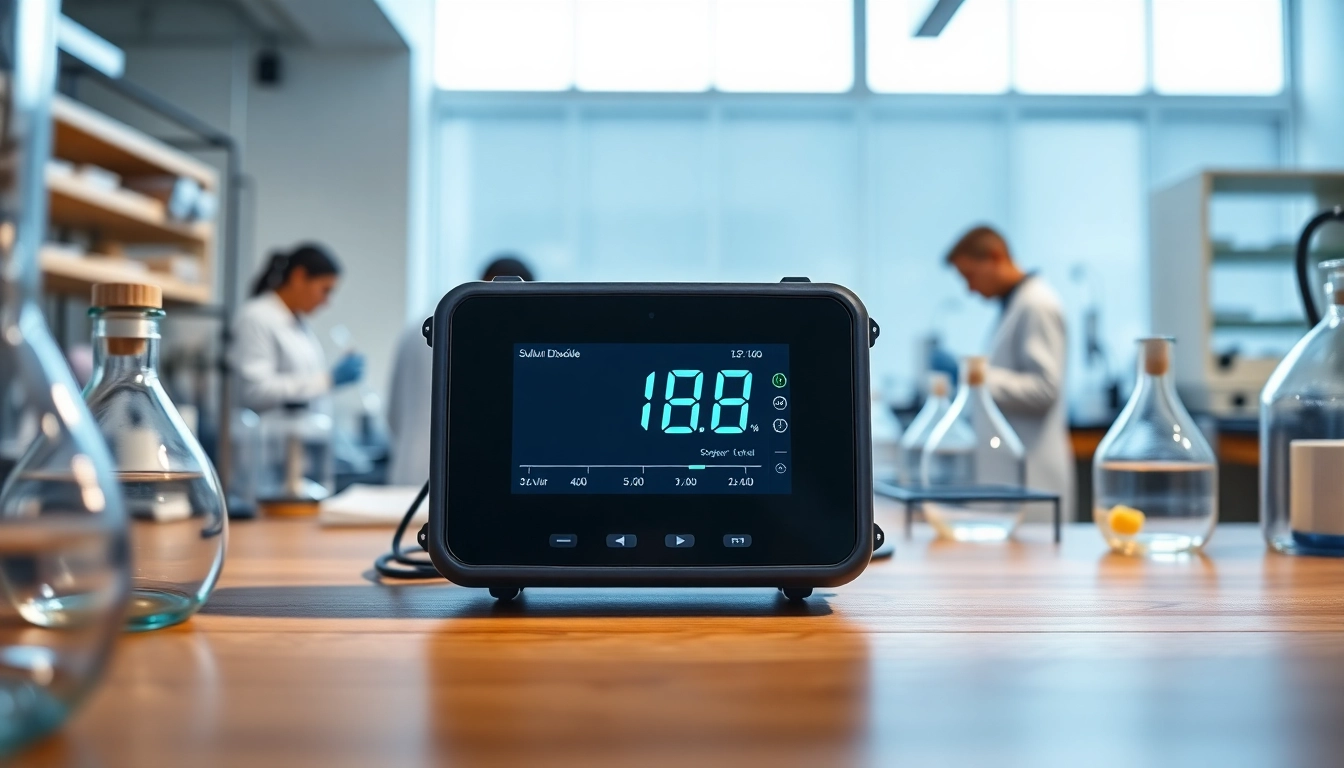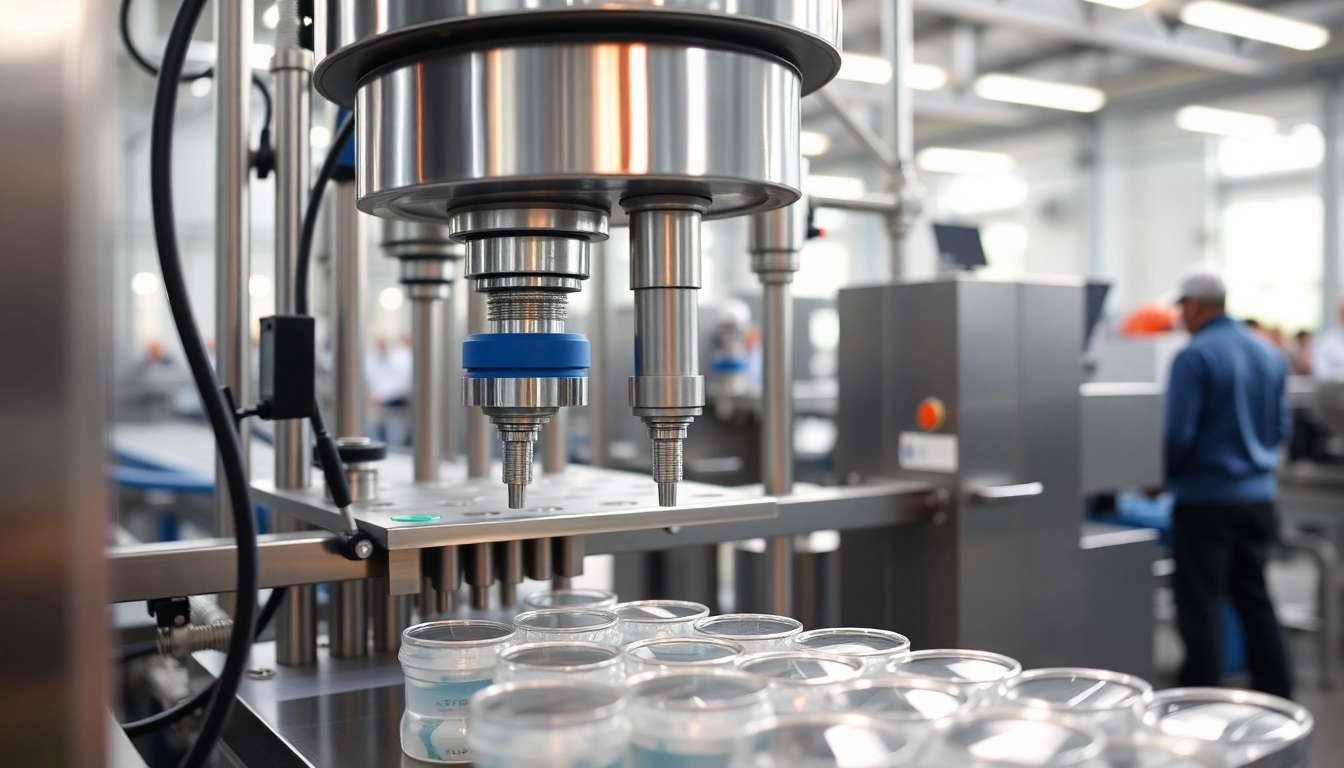Introduction to Machine Vision
In the age of automation and smart manufacturing, machine vision stands at the forefront of technological advancements that enhance productivity, efficiency, and quality across various industries. By leveraging complex algorithms and advanced imaging technologies, machine vision enables machines to interpret visual data, mimicking the human ability to see and make decisions based on what they observe. This article aims to delve into the comprehensive aspects of machine vision, including its definition, history, how it works, its applications across different industries, benefits, and future trends.
What is Machine Vision?
Machine vision is the technology and methods that allow a computer system to analyze visual information. It involves the use of cameras, processors, and software that work together to perform complex visual inspections and analyses, often at speeds and accuracies beyond human abilities. The primary functions include identifying defects in products, guiding assembly robots, and reading barcodes. In essence, machine vision acts as the eyes for machines, enabling automated processes to make rapid decisions based on visual data.
History and Evolution of Machine Vision Technology
The origins of machine vision can be traced back to the 1960s with the advent of video cameras and image processing technology. Early applications were limited to simple tasks, such as optical character recognition and basic defect detection. As technology evolved, the 1980s and 1990s marked significant milestones, with the introduction of more powerful computers and algorithms that could process images in real-time. In the 2000s, machine vision technology found its niche primarily in manufacturing, where it became instrumental for quality control and inspection. Today, machine vision plays a critical role in various sectors, including automotive, electronics, pharmaceuticals, and more, with applications that continue to expand in line with technological advancements.
Key Components of Machine Vision Systems
A machine vision system comprises several critical components that work together to capture and process visual information:
- Cameras: The eyes of the system, cameras capture images of the objects being inspected. They can be either 2D or 3D, depending on the application’s requirements.
- Lighting: Adequate lighting is crucial for producing clear images. Machine vision systems often use specialized lighting techniques to enhance contrast and visibility depending on the object and environment.
- Image Processing Software: This is the brain of the system, where captured images are processed using various algorithms to extract relevant features and make decisions based on predefined criteria.
- Computational Hardware: Powerful processors are needed to handle the real-time analysis of images, ensuring quick feedback and decision-making capabilities for automated systems.
How Does Machine Vision Work?
Understanding Image Acquisition Techniques
The process of machine vision begins with image acquisition, which involves capturing images using cameras. Depending on the application, different types of cameras are utilized, such as:
- Area Scan Cameras: These cameras capture an entire scene in a single image and are ideal for stationary objects.
- Line Scan Cameras: These capture images line by line and are suitable for moving objects on a conveyor belt.
- 3D Cameras: These employ techniques such as triangulation or time-of-flight to gather depth information, creating a 3D representation of the object.
Analysis Algorithms and Software in Machine Vision
Once the images are captured, they are sent to image processing software, where analysis occurs. Common algorithms employed include:
- Edge Detection: Identifying the outlines of objects to determine their shapes and sizes.
- Pattern Recognition: Recognizing specific patterns or features within images, essential for quality control tasks.
- Machine Learning Algorithms: These enable systems to learn from data and improve performance over time, especially in complex applications.
Modern machine vision systems often incorporate artificial intelligence to enhance accuracy, allowing them to adjust parameters based on variable environmental conditions or changes in product specifications.
Real-time Processing and Decision Making
A critical aspect of machine vision is the ability to process images in real time. This capability enables rapid inspections and instant decision-making. For instance, in manufacturing, if a defect is detected, the system can immediately trigger an alert or halt production to prevent the defective product from advancing further in the assembly line. Real-time processing is made possible through the use of high-speed cameras and powerful processors designed to handle large amounts of visual data efficiently.
Applications of Machine Vision in Different Industries
Machine Vision in Manufacturing and Quality Control
One of the most prominent applications of machine vision is in manufacturing, particularly for quality control. Machine vision systems are used for:
- Defect Detection: Automatically identifying defects in products, such as scratches, dents, or misalignments, significantly reducing the error rate compared to manual inspections.
- Assembly Verification: Ensuring that components are assembled correctly, verifying the presence and orientation of parts before moving to the next manufacturing stage.
- Barcode and Label Reading: Quickly verifying product information to ensure accuracy and compliance with regulatory standards.
Healthcare Applications of Machine Vision
In the healthcare sector, machine vision plays a transformative role by improving diagnostic accuracy and enhancing operational efficiency. Applications include:
- Medical Imaging: Analyzing images from X-rays, MRIs, and CT scans to assist healthcare professionals in diagnosing conditions.
- Laboratory Automation: Automating the analysis of medical samples, ensuring quick and accurate results while minimizing human error.
- Surgery Assistance: Providing surgeons with real-time imaging during procedures, enhancing precision and safety.
Machine Vision in Robotics and Automation
Machine vision is integral to robotics and automation, enabling robots to navigate and interact with their environment. Key applications entail:
- Pick and Place Operations: Efficiently identifying and picking up items from a conveyor belt, where accuracy and speed are paramount.
- Autonomous Navigation: Allowing robots and drones to interpret visual information for navigation and obstacle avoidance.
- Collaborative Robots (Cobots): Enhancing the safety and effectiveness of cobots that work alongside humans by recognizing and responding to their movements.
Benefits of Implementing Machine Vision Systems
Enhancing Productivity and Efficiency
The primary benefit of machine vision systems lies in their ability to enhance productivity and operational efficiency. Automated visual inspections eliminate delays in production associated with human inspections and streamline processes by providing immediate feedback. Systems designed for high-speed operations can perform tasks significantly faster than human operators, allowing for higher throughput and reduced cycle times.
Reducing Errors and Improving Quality
Machine vision systems inherently reduce the risk of human error, which is crucial for maintaining quality standards. With precise measurements and inspections conducted consistently, companies can expect lower rates of defects and improved product integrity. This reliability leads to increased customer satisfaction and lowers the costs associated with returns and warranty claims.
Cost-saving Advantages of Machine Vision
While the initial investment in machine vision systems can be significant, the long-term cost savings become apparent through reduced labor costs, fewer defective products, and lower rework costs. Moreover, the implementation of machine vision often results in minimized downtime and maximized equipment utilization, ultimately leading to greater profitability over time.
The Future of Machine Vision Technology
Emerging Trends in Machine Vision
The future of machine vision technology holds exciting possibilities, particularly as industry demands continue to evolve. Notable trends include the increased adoption of 3D imaging systems, advancements in AI and machine learning integration, and the development of more compact and cost-effective hardware. Additionally, as industry 4.0 continues to gain traction, machine vision systems will increasingly become interconnected within broader automation frameworks, improving overall process efficiencies.
Integration with AI and Machine Learning
The fusion of machine vision with artificial intelligence is transforming the landscape of automation. Machine learning algorithms allow systems to improve their performance by learning from past data, which enhances accuracy in defect detection and pattern recognition. This combination not only augments existing capabilities but also paves the way for predictive maintenance, whereby systems can predict potential failures before they occur—minimizing disruptions and costs.
Challenges and Opportunities Ahead
While the prospects for machine vision are bright, several challenges persist. These include navigating varying environmental conditions that can impair image quality, ensuring software can adapt to changing product specifications, and addressing integration complexities with existing systems. However, these challenges represent opportunities for innovation, driving the need for new solutions in machine vision technology. Companies that effectively leverage machine vision will continue to stand out in competitive markets, harnessing data-driven insights to guide their operational strategies.
Conclusion
Machine vision technology is redefining operational capabilities across diverse industries. From enhancing quality control in manufacturing to improving diagnostic accuracy in healthcare, the applications of machine vision are limitless. As advancements in technology continue to unfold, the importance of machine vision will only grow, making it an indispensable component of modern automation.



